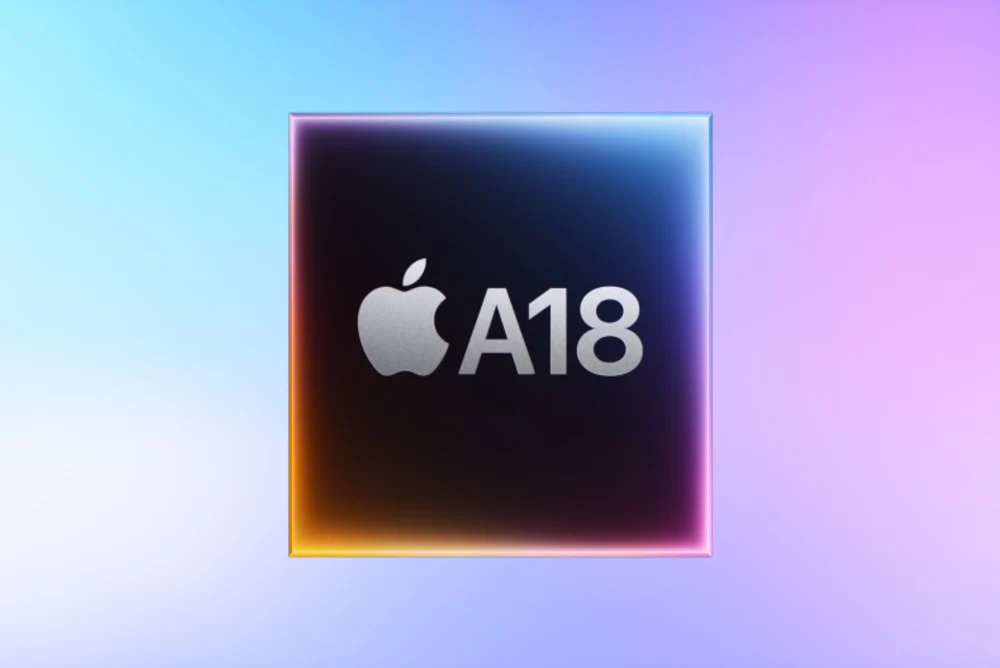Key Takeaways
1. The iPhone 16e, debuting on February 20, replaces the iPhone SE 3 and features a binned version of the A18 chip with a 4-core GPU, one less than the standard iPhone 16.
2. The A18e retains the same CPU architecture as the standard A18, with 2 large and 4 small CPU cores, ensuring similar performance for daily tasks.
3. Reduced GPU cores in Apple’s chips, like the A18e, may not significantly impact performance, based on past tests of the A17 Pro in the iPad mini.
4. The design of the iPhone 16e could improve efficiency and battery life, with official runtime estimates suggesting up to 26 hours compared to 22 hours for the iPhone 16.
5. Performance predictions for the iPhone 16e should be viewed cautiously until real-world tests are conducted.
The Apple iPhone 16e made its debut yesterday, on February 20, aiming to succeed the former iPhone SE 3. Eliminating the “SE” label, the tech giant from Cupertino has equipped the new device with a robust A18 chip, enhancing its attraction for users. However, according to the official statement, this new budget-friendly iPhone comes with a binned version of the A18 SoC, which includes a 4-core GPU—one core less than the standard iPhone 16’s A18 SoC. The question remains: is this sufficient for Apple enthusiasts who enjoy gaming and high-demand applications?
Chip Production Insights
Utilizing simplified and less efficient versions of full-featured chips isn’t a new practice. Even with the latest and most advanced manufacturing techniques, achieving flawless chip production yield is nearly impossible. Most companies take this route to optimize every wafer produced, and Apple is no different in this respect.
In the scenario of the iPhone 16e, the only component that differs from the full version A18 found in the iPhone 16 is the GPU. This means that users will still experience 2 large and 4 small CPU cores, along with a 16-core Neural Engine (35 TOPS), ensuring that performance during daily tasks should be almost identical to the standard model.
Performance Comparisons
Apple last implemented a reduced version of its mobile SoC in the 2024 iPad mini, which also featured one less GPU core compared to the standard A17 Pro. If our tests on the 7th Generation iPad mini are a reliable indication, the performance drop of the reduced A18 may not be as drastic as anticipated. As demonstrated in the 3DMark Wild Life/Solar Bay Stress test graph below, the A17 Pro with one less GPU core often performs nearly the same, or even slightly better, than the standard A17 Pro (like in the iPhone 15 Pro Max):
The remarkable outcomes from the reduced A17 Pro can be partly explained by the superior heat dissipation of its larger (than an iPhone) metal casing. Nevertheless, having one fewer core can enhance efficiency: reduced power consumption could lead to better temperature management. This suggests that with appropriate tuning and adjustments, Apple might successfully minimize the performance gap between the new iPhone 16e and the standard models, potentially making their chips almost indistinguishable in many situations. There might also be improvements in battery life, as indicated by the official runtime figures: up to 26 hours compared to up to 22 hours for the standard iPhone 16 (though this could also be due to a larger battery).
Final Thoughts
With all this information, it’s important to keep in mind that we should view the above details with caution, as we can only guess about potential performance outcomes until the actual review unit arrives at our testing facility.
Source:
Link


Leave a Reply